- About us
- Support the Gallery
- Venue hire
- Publications
- Research library
- Organisation chart
- Employment
- Contact us
- Make a booking
- Onsite programs
- Online programs
- School visit information
- Learning resources
- Little Darlings
- Professional learning
Her Majesty Queen Elizabeth II (1926–2022) was Britain’s longest reigning monarch. The eldest of the two daughters of the Duke and Duchess of York, who became King George VI and Queen Elizabeth, she was ten years old when the abdication of her uncle, Edward VIII, and her father’s accession to the throne made her heir presumptive. At 21 she married Philip Mountbatten, who was created HRH Prince Philip, Duke of Edinburgh. In 1952, they set out on a tour of the Commonwealth which was to have included Australia and New Zealand; on the way, in Kenya, Elizabeth received news of her father’s death. Her coronation took place on 2 June 1953. On 6 February 2022 she became the first ever British monarch to mark a Platinum Jubilee.
New Zealand-born Charles Wheeler OBE began his career as an apprentice lithographer in Melbourne before training as an artist at the Working Men's College and the National Gallery School. During the First World War he served with the Royal Fusiliers in France. Afterwards, he spent a year in London and exhibited at the Royal Academy before returning to Melbourne. He soon became well-known for his landscapes, nudes and portraiture, winning the Archibald Prize in 1933. Wheeler was painting master and head of the National Gallery School during the Second World War – when the King and his family were looked to as symbols of stoicism and resilience. Princess Elizabeth and her sister Princess Margaret were sent for their safety to Windsor Castle, where in October 1940 the future Queen made her first broadcast on the BBC: a morale-boosting message to the many other children evacuated from London during the Blitz. She was photographed tending to her vegetable garden at Windsor as part of the ‘Dig For Victory’ campaign in 1943; and in 1945 she joined the Auxiliary Territory Service, the women’s branch of the British Army. This drawing by Wheeler show her wearing the diamond regimental brooch of the Grenadier Guards, of which she was Colonel-in-Chief. The brooch was presented to her on her sixteenth birthday, when she had her first official audience and review of the Grenadier Guards at Windsor. The portrait was reproduced in the Australasian magazine in April 1943. ‘Bearing herself with calm dignity’, the caption stated, ‘Princess Elizabeth has, in the past year, taken part in more “grown-up” duties’.
Purchased 2019
© Estate of Charles Wheeler



On one level The Companion talks about the most famous and frontline Australians, but on another it tells us about ourselves.
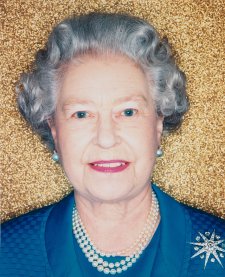
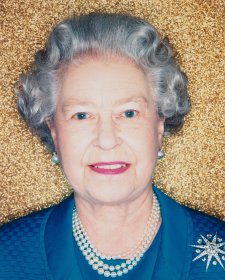
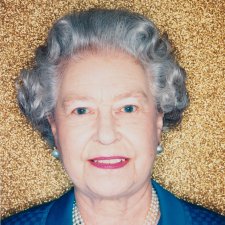
Photographer Polly Borland on capturing Queen Elizabeth II.
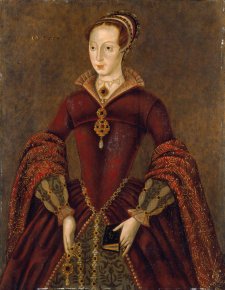
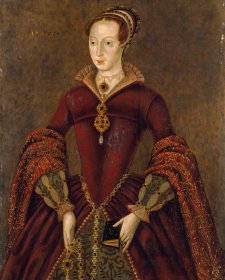
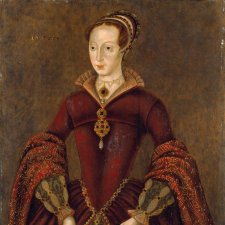
Traversing paint and pixels, Inga Walton examines portraits of select women in Tudors to Windsors: British Royal Portraits.